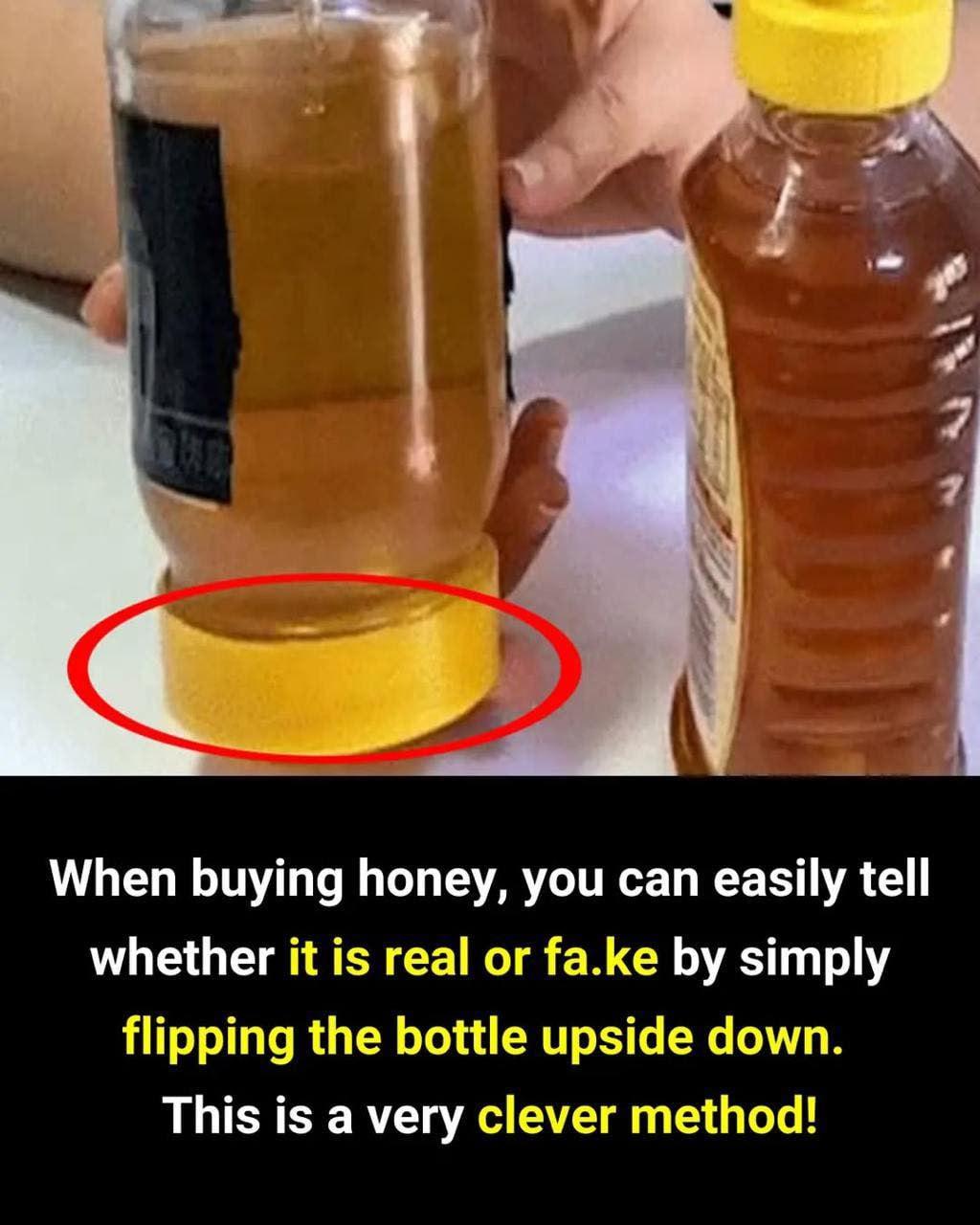Bonus Test: The Thumb Test
If you have no water and no time, try the quick thumb test:
Drop a small amount of honey on your thumb.
Check if it spreads or runs.
Real honey stays intact. It’s thick, slow-moving, and tends to stick right where you put it.
Fake honey spreads quickly or drips off because it’s more watery.
This isn’t as reliable as the other methods, but it offers a quick hint on the go.
What to Do When Buying Honey
Now that you know what to look for, keep these tips in mind:
Read the label carefully. Look for terms like “100% pure honey” and avoid anything with added syrups or “honey blends.”
Buy local. Support local beekeepers or visit farmers’ markets — you’re more likely to get authentic, high-quality honey.
Inspect the bottle. If it’s clear, try the shake-and-flip test right in the store.
Store it right. Keep honey in a sealed container at room temperature. Avoid refrigeration, as it speeds up crystallization.
Why Real Honey Matters
Real honey isn’t just a sweetener — it’s a natural medicine with antibacterial, antifungal, and anti-inflammatory properties. It’s been used for thousands of years to soothe coughs, heal wounds, and aid digestion.
Fake honey may look and taste similar, but it offers none of those benefits. Worse, it may be loaded with refined sugars that spike your blood sugar and offer zero nutrition.
Trust Your Senses, Not Just the Label
When buying honey, don’t rely on flashy packaging or lofty marketing claims. Use your senses — your eyes, hands, and a little knowledge — to make sure you’re getting the real thing.
From the bubble test to water drops to crystallization clues, these simple tricks can help you spot fake honey in seconds — and ensure you get the health benefits, flavor, and authenticity you deserve.
So next time you shop for honey, flip that bottle upside down — and let the truth rise to the surface.

